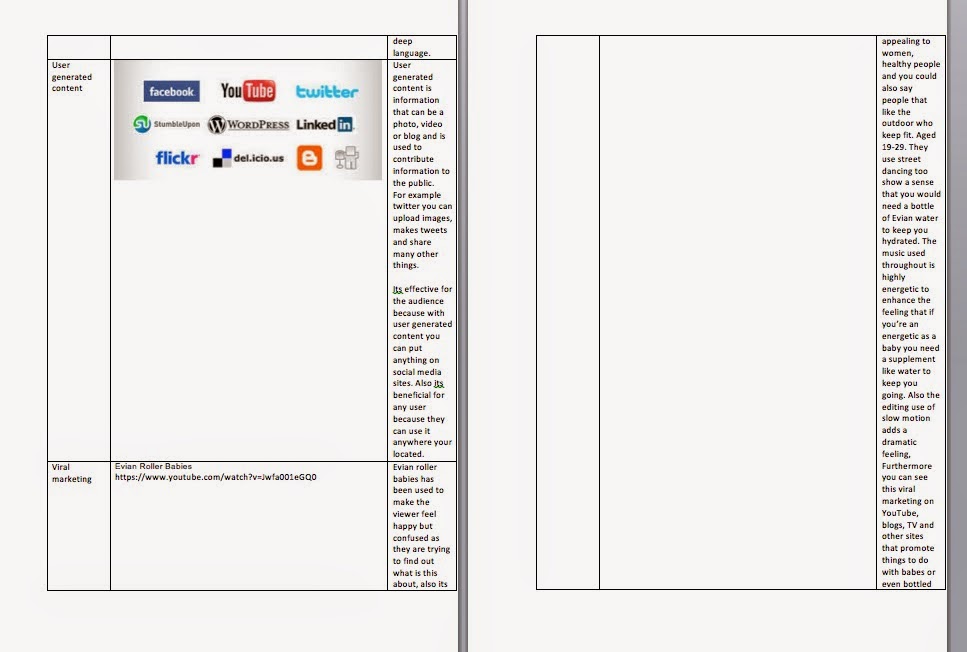Tuesday, 27 January 2015
Monday, 26 January 2015
Basic Knowledge On Sound Theory
The theory of sound is that sound changes in pressure and waves travelling through the air, mainly from moving objects and part of objects. If an object moves it causes the pressure in the air it spreads out and grows weaker the further it goes. Also at different intensity very loud sounds can be felt in the rest your body, sounds are measured in (Hertz,Hz,kHz and Kilo-hertz). Furthermore one hertz corresponds to one back and forth motion in a second.
Wavelengths are waves that are made travelling energy ,the wavelength is calculated by determining the distance between corresponding points on consecutive waves. Also Normally this is done by measuring from peak to peak or from trough to trough. Also Amplitude is measured in metres The greater the amplitude of a wave then the more energy it is carrying. 
1 kHz = 1,000 Hz
1 MHz = 1,000,000 Hz
The frequency of a wave is the number of waves travelling through a single point in a certain time depending on the frequency. frequency the unit hertz (Hz), since one hertz is equal to one wave per second.
Amplitude is waves that travel and set up patterns of disturbance, also Amplitude is not the distance between top,bottom of a wave.Furthermore it is measured in the amount of force applied over an area.
Sound Recording
With sound recording you have such things like tape,digital. These sort of things deal with complex sound systems, including recording studios and live sound reinforcement installations. Also The ability to properly set up, operate, and manage any sound system effectively. Furthermore You’ will then explore basic and advanced signal flow, including analog and digital consoles and DAW's
Monday, 12 January 2015
Final magazine

(Vectors Images) they are images that is normally shown through 2D/3D, flow charts, logos and fonts and also they would consist on lines, curves and shapes with editable attributes such as colour and fill. Furthermore it it used for example if the memory size of the storage cant hold in vector you can resize and scale down or up and not lose quality.
As seen in my magazine also i used vector images when i took pictures of my own found images to scale down a picture but also make sure it doesn't lose quality. You can even see around an image i found i used a text box around the image so the text would take the shape .Also (Bitmap Images) is when you take an picture on a digital camera, and it is mainly used to resize and keep pictures in good quality.
Even with the pages 2&3 they had to be compressed to a smaller size so it could be held in the storage, also it had to be converted from an pdf to an jpeg so it could be put on to joomag. Furthermore all my work was done on adobe photoshop and then put onto joomag so i used a couple softwares so i'm familiar with them.



(Vectors Images) they are images that is normally shown through 2D/3D, flow charts, logos and fonts and also they would consist on lines, curves and shapes with editable attributes such as colour and fill. Furthermore it it used for example if the memory size of the storage cant hold in vector you can resize and scale down or up and not lose quality.
As seen in my magazine also i used vector images when i took pictures of my own found images to scale down a picture but also make sure it doesn't lose quality. You can even see around an image i found i used a text box around the image so the text would take the shape .Also (Bitmap Images) is when you take an picture on a digital camera, and it is mainly used to resize and keep pictures in good quality.
Even with the pages 2&3 they had to be compressed to a smaller size so it could be held in the storage, also it had to be converted from an pdf to an jpeg so it could be put on to joomag. Furthermore all my work was done on adobe photoshop and then put onto joomag so i used a couple softwares so i'm familiar with them.


Subscribe to:
Comments (Atom)













